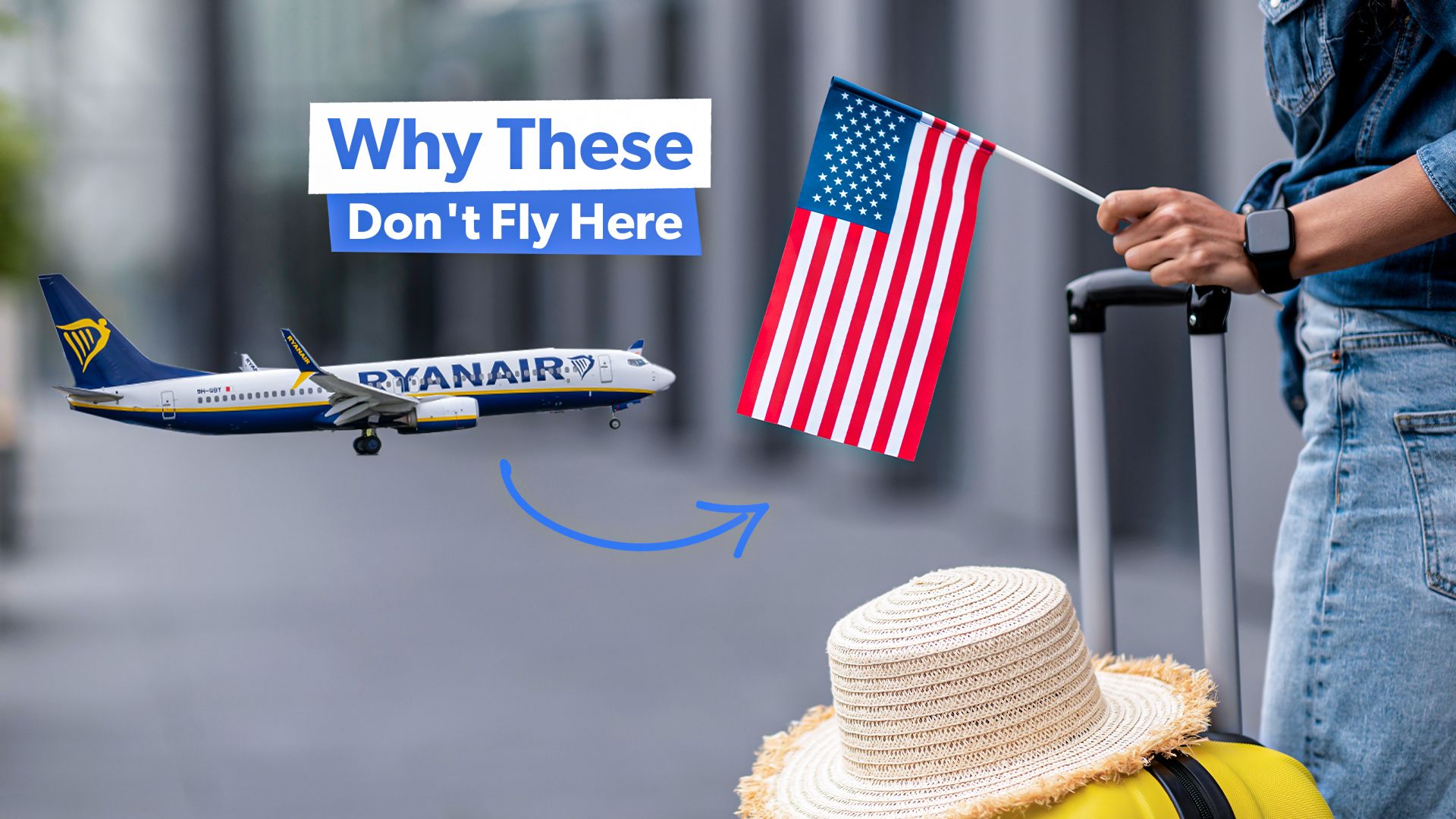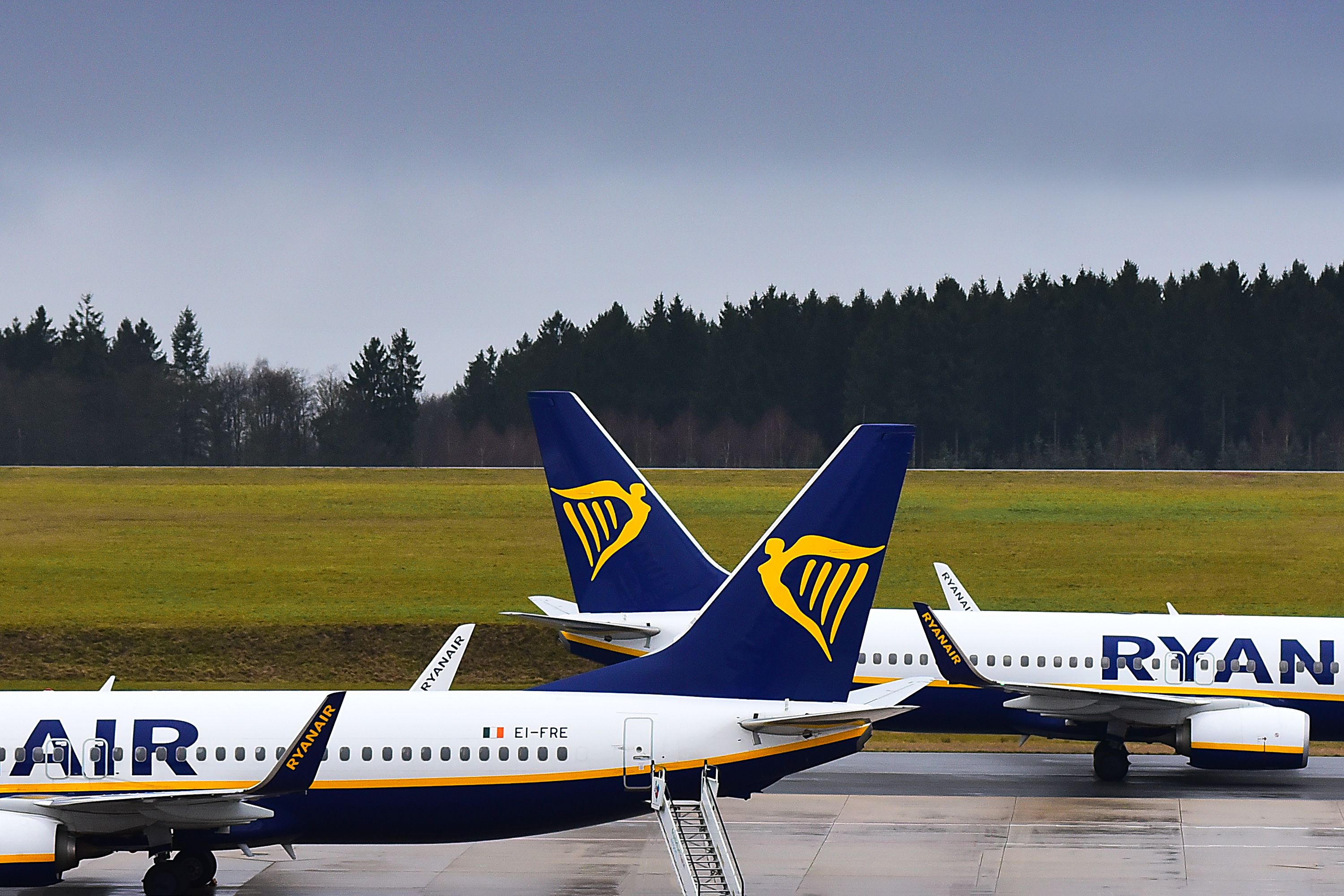In the world of low-cost aviation, achieving sustained profitability is extremely challenging to do, and is one of the primary factors contributing to the collapse of many such airlines in the past few years. Furthermore, most airlines that do operate a low-cost model continue to operate on razor-thin profit margins, a reflection of an industry that, overall, has never been consistently strong in the financial performance department.
Nonetheless, some airlines have been able to break this trend by achieving sustained profitability. Ryanair
, an Ireland-based ultra-low-cost carrier, is a textbook example of such a success story. Furthermore, the airline has managed to post some of the industry’s highest margins, with a record 23% operating margin in 2018 and a strong 15.3% this past year, according to the Center for Aviation.
Even in an economic environment plagued by high interest rates and uncertainty surrounding fuel prices, Ryanair has found a way to adapt its operations to continue turning a profit. With some of the lowest fares in the entire industry, Ryanair has an operational model that requires extensive operational streamlining, cost-cutting, and effective asset management. The airline carefully chooses not just its routes, but when it flies them and exactly how much it charges for every additional service one might spend money on while onboard.
With so much success in the European market, many have begun to wonder why the airline has not considered expanding its route network across the Atlantic. Some of the world’s most coveted air routes are between Europe and the United States, so what is stopping one of the world’s most profitable airlines from getting in on this market?
There is nothing theoretically stopping Ryanair from flying to the US
Before diving deeper into the reasons why the Irish low-cost carrier does not fly to the United States, it is important to note that there is nothing theoretically stopping the airline from beginning these kinds of flights. Ryanair possesses aircraft with the appropriate range for some shorter transatlantic routes, so there is very little preventing them from doing so should they feel so inclined.
Photo: frank333 | Shutterstock
Multiple routes within the Ryanair network reach up to six hours of flight time, many of which connect destinations in Eastern Europe to islands like the Canaries off the coast of Africa. Therefore, a flight from Dublin to Boston would not be much longer than the services they already offer.
Furthermore, the low-cost long-haul market is one of the most sought-after of the past decade, with multiple different operators having attempted to succeed with the model across the Atlantic. A brief list of just some carriers that have attempted to do so within the past few years includes:
- WOW Air
- PLAY
- Norwegian Air Shuttle
- Norse Atlantic Airways
- LEVEL
The airline does not believe it could turn a profit flying across the Atlantic
The more important story is, however, that the airline does not have any interest in operating these kinds of flights. There are several reasons why the carrier does not care for these kinds of services, most of which relate to a lack of synergies with the airline’s operational model.
Incompatibility with the carrier’s quick-turnaround system
The airline has been quick to note that one of the biggest things holding it back from transatlantic services is the challenges it would have turning its planes around in the 25-minute timespan that it usually dedicates. According to the carrier, Ryanair, like most budget airlines, requires high aircraft utilization rates to help reduce its unit costs.
Except for some periods during the night, Ryanair planes are almost always in the air making money. The carrier would not be able to achieve the quick turnaround times and high utilization rates it needs on transatlantic flights, which are typically scheduled overnight and, as a result, require planes to sit around at both US and European airports for a few hours each day.
Slots, costs, and other related constraints
Despite having aircraft that could easily cross the pond in one go, Ryanair would still have to invest heavily in its fleet and network infrastructure to begin these kinds of flights. Some hurdles to overcome would include the purchase of expensive slots at most airports, as well as new redundancy systems to support transatlantic travel. Furthermore, high-fee environments in the United States would require the airline to alter its pricing model.
Photo: Vytautas Kielaitis | Shutterstock
A broken market in Ryanair’s eyes
But the biggest challenge likely is that Ryanair believes it would be unable to overcome is the decade-old puzzle of how to fly low-cost across the Atlantic. The airline’s CEO, Eddie Wilson, summarized his view on this matter to The Irish Independent last year as such:
“What really pays for transatlantic are the 24 people up front and the cargo. Down the back, there just aren’t enough seats for you to lower fares. We’re not set up for that.”
The executive would go on to point out that Ryanair’s lack of experience operating a business-class cabin would likely come at its detriment in the transatlantic market. Furthermore, the carrier indicated that it has never performed cargo operations, something it would have to figure out how to do if it were to try and succeed on transatlantic flights.
At the end of the day, flying across the ocean just doesn’t make financial success for what has historically been a money-savvy airline. This hasn’t stopped the airline from joking about it over the years, however:



